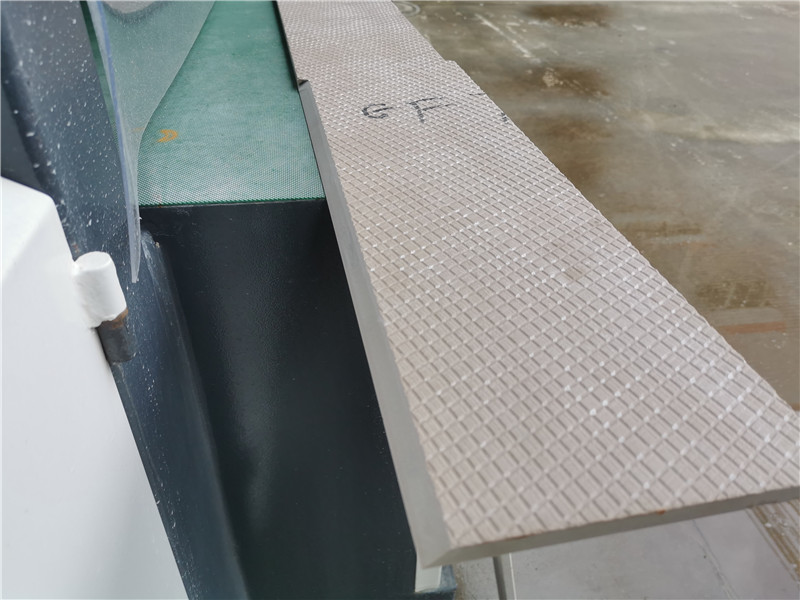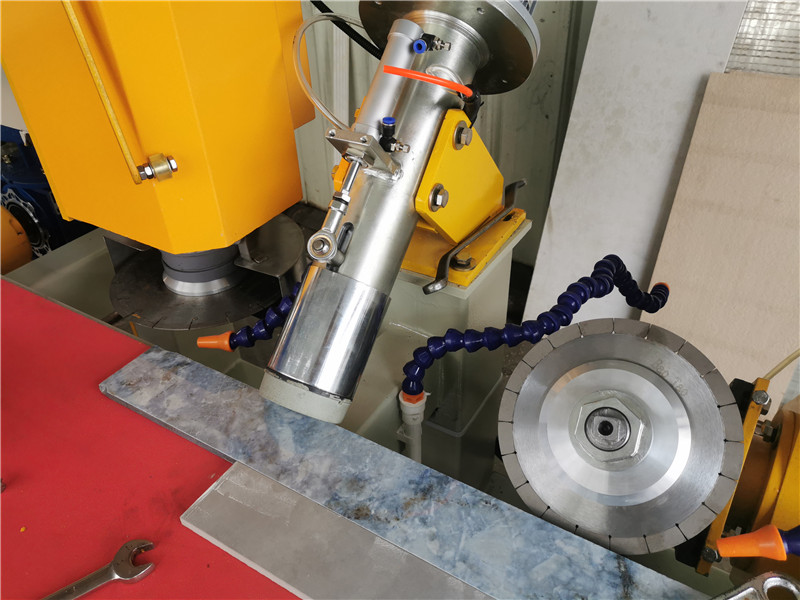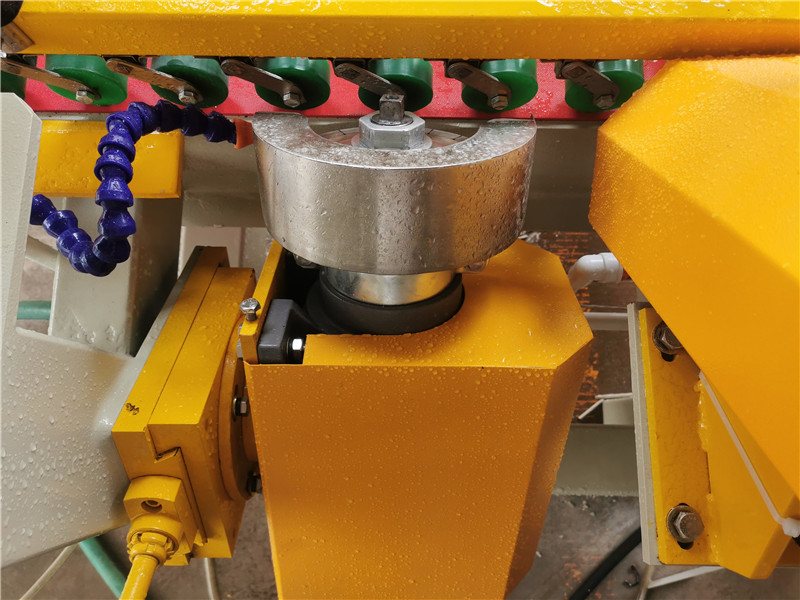Chamfering ceramic tiles, touching corners and edges of external corners during decoration, and edging ceramic tiles are common treatment methods in ceramic tile decoration. The following will introduce them separately:
Ceramic tile chamfering usually refers to using professional tools and techniques to grind the edges of tiles to a specific angle to meet the needs of construction and aesthetic requirements.
When using wall tiles, the most commonly used method to make the tile corners more compact and aesthetically pleasing is chamfering. This includes two methods: dense patchwork and crabapple. dense Splicing is the process of neatly grinding the edges of ceramic tiles to a 45 degree angle before joining them together, without any gaps or small gaps between the tiles.

However, due to the small expansion and contraction coefficient of ceramic tiles, when heated When expansion and contraction occur, if the gap is too small, tensile cracking may occur. Haitang Corner is a method of polishing the edges of ceramic tiles to a 45 ° angle, but not to the bottom, retaining a certain mount of space To increase the side area and alleviate the problem of edge collapse, it may lead to the exposure of the side and affect the appearance.

Decorate the corners and edges, that is, use a machine to grind the edges of tiles to a specific angle (usually 45 degrees), and then stick the edges of two tiles together to form a straight line Corner, wrap the yang corner around it. This approach is also known as "hitting corners". Touching corners can create beautiful external corners, but it greatly tests the craftsmanship of construction workers.
If not properly managed, the interior of the joint between the two tiles may appear hollow, which can easily be damaged when hit. In addition, if the quality of ceramic tiles is not high, it is easy to grind the edges When there is a burst edge, the brick edge may become thin and brittle after grinding, making it easy to break.

The corner wrapping of ceramic tiles involves the protection and decoration of the edges of the tiles. There are various edge wrapping methods, such as L-shaped water jet and U-shaped water jet. L-shaped water jet is suitable for right angles The processing of the tiles can cut them into straight lines at a certain angle and fix them on the edge of the wall, protecting the edges of the tiles from being bumped and increasing their aesthetics. The water knife is suitable for processing corners and requires precise measurement of the length of tiles to ensure accuracy in size and angle. Another way of edge wrapping is to insert corners,It requires cutting the ceramic tiles into a certain angle shape first, and then fixing them at the angle of the wall. This method is relatively complex and requires experienced ceramic tile craftsmen to operate it
Work.When carrying out these treatments, attention should be paid to the following points: first, caution should be taken during operation to avoid tile breakage or injury to the operator. Secondly, for If the quality of the ceramic tiles is not high, special attention should be paid to the possibility of edge explosion during edge grinding. Finally, when performing edge wrapping treatment, the size of the ceramic tiles
Accurate measurement is necessary, and the edging treatment must be accurately adjusted according to the shape and size of the tiles to ensure appropriate and aesthetically pleasing treatment.

In general, ceramic tile chamfering, decoration corner edges, and ceramic tile corner wrapping are all important processes in ceramic tile decoration, which require professional knowledge and skills to complete. just A proper handling method can not only improve the quality of decoration, but also enhance aesthetics, making the living environment more comfortable and pleasant.